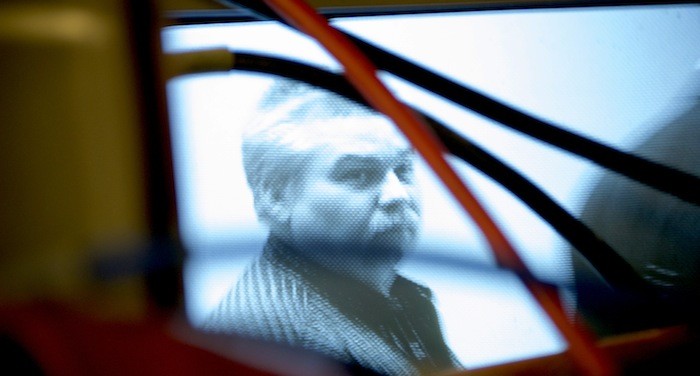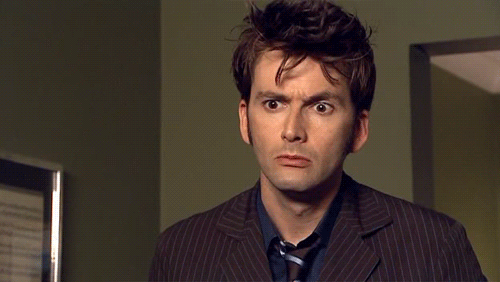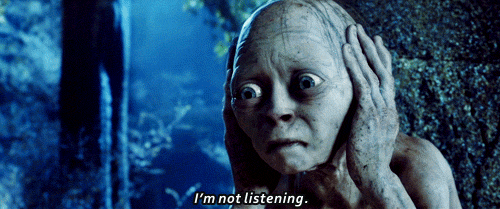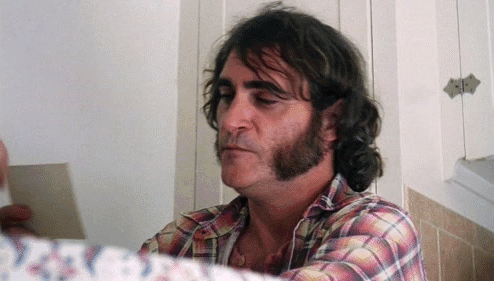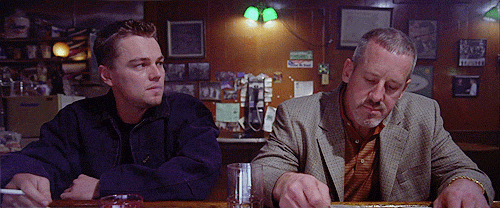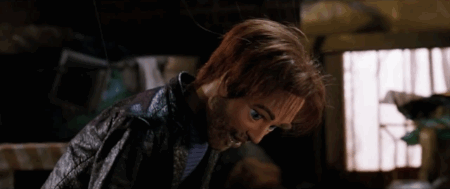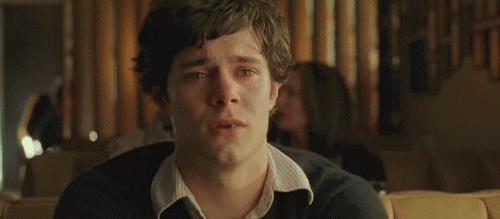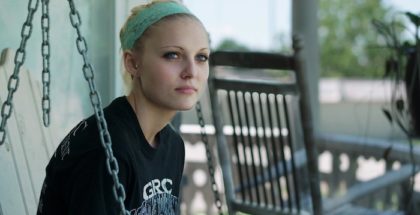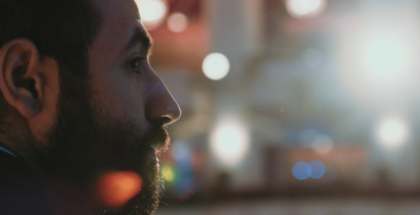The 6 stages of watching Netflix’s Making a Murderer
Philip W Bayles | On 04, Jan 2016
Forget your Abominable Brides and your classic holiday movies – by far the best television that aired over the festive season was Netflix’s crime documentary series Making A Murderer. Certainly, people couldn’t stop talking about it, all sharing the same, universal reactions to the true story.
Here’s a little taster of what we went through when we sat down and binged the whole thing:
Warning: this article contains massive spoilers for the whole series.
Morbid curiosity
Photo: Imgur
“Right now, murder is hot,” says a TV producer during the highly-publicised trial of Steven Avery. It’s a statement as true then as it was today. With shows such as HBO’s The Jinx and the podcast Serial creating an entire generation of armchair detectives, directors Laura Ricciardi and Moira Demos have come along at exactly the right moment. They clearly know their audience – the shots of rural America and Gustavo Santaolalla’s haunting original score are clearly taking a leaf out of True Detective’s book. But even Nic Pizzolatto would boggle at the story that unfolds here.
Dread
Photo: Imgur
The first episode sets up an interesting tale: We meet Steven Avery, a resident of Manitowoc County, Wisconsin, a man with a below-average IQ and something of a chequered past with the law, imprisoned (wrongly, as it turns out) in 1985 for 18 years over the sexual assault of a young woman. It was only in 2003, when DNA profiling technology had sufficiently advanced, that it was revealed that another man was responsible. It’s a well-made story about the shortcomings of any justice system, that sadly can only be corrected years after the fact.
So why were there still nine episodes left?
Shock
Photo: Giphy
As it turns out, the end of Avery’s wrongful imprisonment is only the beginning of our story. In 2005, as Avery prepares to bring a lawsuit against the state of Wisconsin, he is arrested yet again – this time for the murder of a young woman named Teresa Halbach.
It seems unthinkable at first. Why would a man who spent nearly two decades campaigning to be found innocent of one crime immediately go out and commit another? But then the pieces start refusing to fit together, and an even more unthinkable question starts to pose itself – could somebody in the Manitowoc Sheriff’s Department have set Avery up?
Right from the off, the filmmakers make it clear that they’re rooting for Avery to be found innocent, and members of the prosecution team from his trial have accused them of glossing over details which supposedly prove Avery’s guilt.
That said, the prosecutors don’t need a lot of help to make themselves look bad.
Anger
Photo: Bensanity.tumblr.com
Most of what we see in Making a Murderer happened between 2005 and 2007 during Steven’s trial, but it still has a profound relevance in 2016. Steven Avery is a white man, but it’s hard not to listen to his case without thinking of the #BlackLivesMatter movement which has grown exponentially in recent years. Once you start thinking about the number of people that have died at the hands of police in recent years – like Tamir Rice, Sandra Bland, Eric Garner and countless others – the idea of someone planting evidence in Steven Avery’s case suddenly seems a lot less far-fetched.
Disgust
Photo: Film-vomit.tumblr.com
That’s to say nothing of their treatment of Brendan Dassey; Steven’s nephew, who confessed to have helped him commit the murder. Watching this quiet, introverted and socially stunted young man (Brendan is said to have an IQ of about 70) sit through hours of interrogation is one of the hardest parts of the whole series – and that’s saying something.
And in the middle of it all sit the prosecution team; a bunch of pasty, middle-aged, middle-class white men who for many will come to represent the messed-up system in its entirety. It’s somehow not surprising in the least when, in the series’ epilogue, we learn that prosecutor Ken Kratz resigned in 2010 following a sexting scandal involving a victim of domestic abuse.
Nor is it particularly surprising when both Steven Avery and Brendan Dassey are convicted of Teresa Halbach’s murder.
Shaken
Photo: Reactiongifs.com
It’s only when the dust has settled and the final credits start to roll that we realised just how invested we had become over the last 10 hours. Ricciardi and Demos have crafted a thrilling narrative that feels surprisingly intimate. As life deals blow after crushing blow to the Avery family, we feel as if we are experiencing their pain and their anger at the system too.
It’s perhaps best summed up by Dean Strang, one of Avery’s attorneys in the murder trial: £There’s a big part of me that hopes that Steven Avery is guilty of this crime. Because the thought of him being innocent, and sitting in prison again for something he didn’t do for the rest of his life… I can’t take that.”
A petition to pardon Steven Avery is on Change.org.
All episodes of Making a Murderer are available on Netflix UK, as part of an £9.99 monthly subscription.


